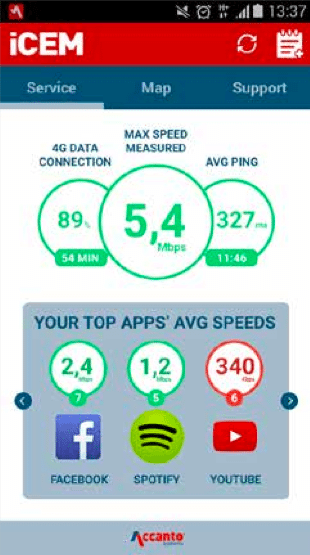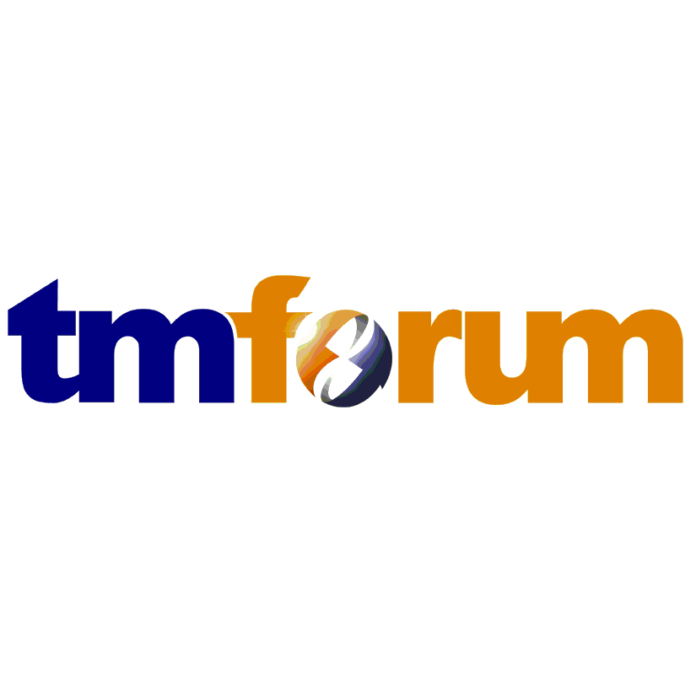NICE, France – As TM Forum Live draws to a close, it’s time to highlight some of the interesting discussions I had while navigating the event, which feels larger this year, and from what I’ve heard attendance is up. Big data and all forms of analytics are of course key topics. I met with too many companies to summarize them all, but I will focus on some of those which stood out in my mind.
ISPM, originally from Brazil, is working toward a larger presence in Europe with a new office in London to manage that market. ISPM is a service assurance company that helps service providers gather and analyze information across all layers of their networks in a single interface. At the event, the company was leading one of the Catalyst demos around smart cities – one of which was Áquas São Pedro, Brazil. Although you can see the traditional smart city applications, there is a particular innovation I want to mention – as readers know, I always like to find the twist. Dengue fever spread by mosquitos is a large problem in this area, so part of the smart city app offers a place where citizens can report Dengue sickness and high mosquito populations that need to be treated, and the city can highlight what they are doing, and where, to protect its citizens. This small, yet important, example, is just one of many other types of activities an app of this type can be used for – emergency situations, road accidents, bad weather/roads in countries where that is an issue and so on. The integration with the city infrastructure to enable citizens to be informed and react until a city organization can respond is what’s interesting about the linkage, as well as the wider impact to quality of life.
 Accanto Systems provides analytics, network optimization and customer experience, which is certainly a similar topic to others at the event, but again with a twist. In addition to all of the usual analytic functions and output options the company presented a couple of different approaches to this topic. First is an app that operators can provide to allow customers to give immediate NPS feedback, such as data speed, call quality, app performance, etc. The app shows users how their mobile experience is actually performing, but also lets them rate it themselves. The operator can then compare the customer perception along with the analytics from its network directly to see if there is a gap. It also uses algorithms to predict if a customer is happy or unhappy. One example: If a customer repeatedly hangs up and redials, the performance is likely not up to par. The company also can then prepare grid maps of where the most happy and unhappy customers are to determine if there are network planning issues that potentially need to be addressed.
Accanto Systems provides analytics, network optimization and customer experience, which is certainly a similar topic to others at the event, but again with a twist. In addition to all of the usual analytic functions and output options the company presented a couple of different approaches to this topic. First is an app that operators can provide to allow customers to give immediate NPS feedback, such as data speed, call quality, app performance, etc. The app shows users how their mobile experience is actually performing, but also lets them rate it themselves. The operator can then compare the customer perception along with the analytics from its network directly to see if there is a gap. It also uses algorithms to predict if a customer is happy or unhappy. One example: If a customer repeatedly hangs up and redials, the performance is likely not up to par. The company also can then prepare grid maps of where the most happy and unhappy customers are to determine if there are network planning issues that potentially need to be addressed.
Amdocs launched CES 9.3, an upgrade to its existing portfolio. This is a multifaceted release, so I will just touch on a few key items here. First, the addition of commerce functionality allows service providers to create multiplay communications services that bundle digital products, such as video content, with actual physical goods, such as devices or accessories. The second key item enables a central billing interaction, whether through a Web portal or e-mail, to present a consistent set of content and design, and also allows for targeted marketing by the service provider. I mean pretty much everyone looks at their bill, so what better place to offer new services. Advanced big data analytics also announced will help the service providers analyze the customers and create these offers.
Cvidya is looking to help operators monetize the smart home. Utilizing its suite of marketing analytics products Cvidya is working with operators to help identify customers to target for smart home services. By analyzing their usage habits – data vs. voice, location of calling, applications utilized, etc. – they can predict likely candidates by determining the number of people on the service, rooms in the household, travel habits, services utilized, etc. These marketing analytics products provide options to sell new services, something all operators could likely get on board with.
Etiya talked about catalog-drive B/OSS. Historically focused on the market in Turkey, Etiya is now putting efforts on expanding its opportunities into other regions. Four new products have come to market this year with one twist related to catalog-driven order entry. The Telaura suite for Omni-Channel commercial services has been shown to reduce configuration time of new services from 65 days to 10 minutes through its order configuration auto-discovery function.
Nakina Systems is “securing the network virtualization evolution” or maybe it could also be said “securing the virtual world.” In short, as networks become more virtualized, the opportunity for good and bad is more easily propagated. As easily as new features can be virtualized throughout a network, malicious activities can be virtualized just as easily with the correct access. Keeping that from happening is what Nakina Systems does; at the simplest level.
One recommendation to all of the companies talking about various topics of big data analytics and CEM. To start, you all sound the same. I realize there is a difference, but it takes too long to get there. I feel like I’ve heard the same initial pitch over and over during the last few days, and as I dug deeper the conversations got more interesting and more differentiated, but imagine your customers are doing the same: Will they have the patience to continue digging? What’s different needs to come first. Just my 2 cents.
Like what you read? Follow me on twitter!
Claudia Bacco, Managing Director – EMEA for RCR Wireless News, has spent her entire career in telecom, IT and security. Having experience as an operator, software and hardware vendor and as a well-known industry analyst, she has many opinions on the market. She’ll be sharing those opinions along with ongoing trend analysis for RCR Wireless News.

